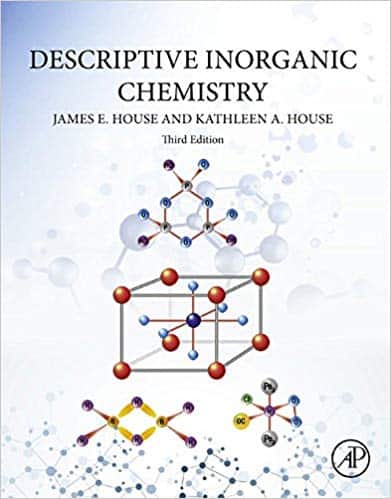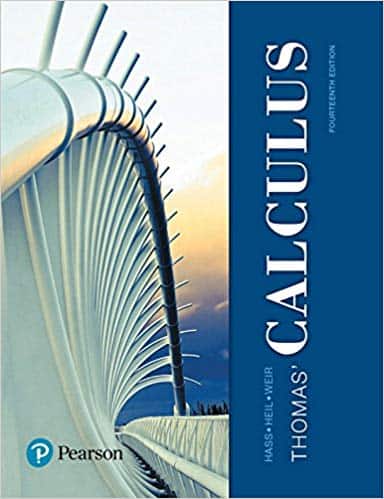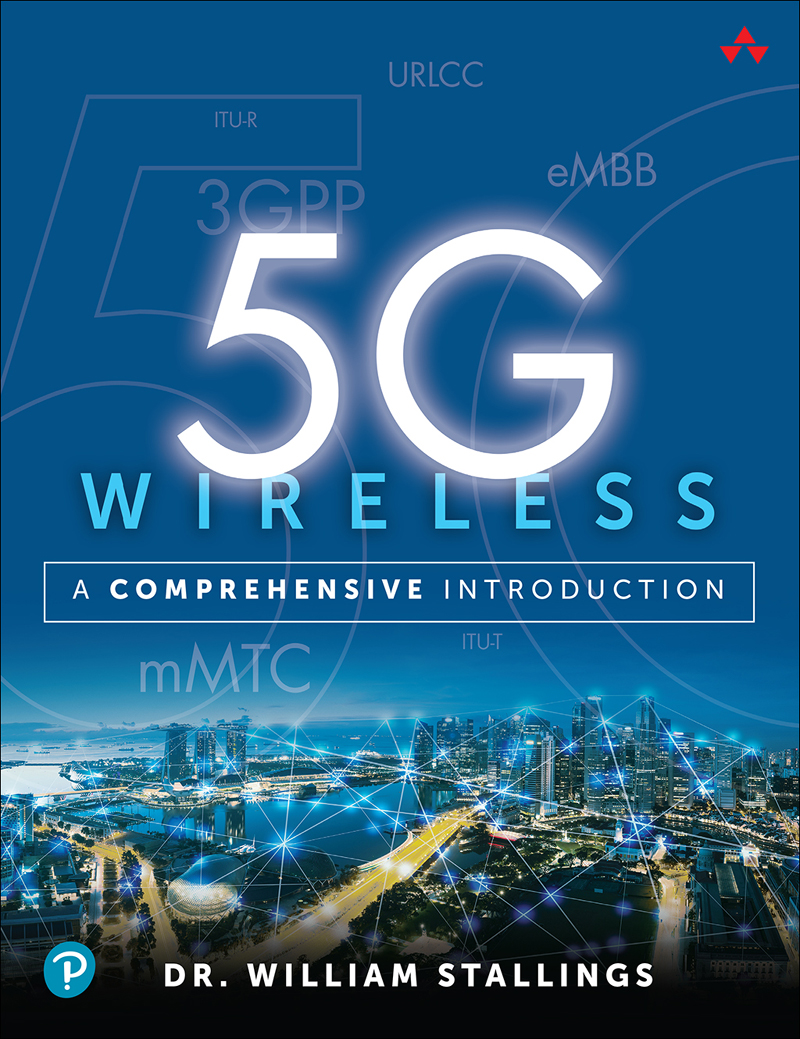Category: Non Fiction
This ebook allows practicing engineers and engineering students to learn the finite-difference time-domain (FDTD) method and properly implement it toward their electromagnetic simulation projects. Every chapter contains a concise explanation of a vital concept and instruction on its implementation into computer code. Included projects intensify in complexity, ranging from simulations
House’s Descriptive Inorganic Chemistry, 3rd Edition, provides thoroughly updated coverage of the reactions, synthesis, and properties of elements and inorganic compounds. Ideal for the 1-semester (ACS-recommended) sophomore or junior level course in descriptive inorganic chemistry, this resource offers a readable and engaging survey of the broad spectrum of topics that
Thomas’ Calculus 14th edition (PDF) helps math students reach the level of mathematical proficiency and maturity you require, but with support for college students who need it through its balance of clear and intuitive explanations, current applications, and generalized concepts. In the Fourteenth Edition, new co-author Christopher Heil (Georgia Institute
Gain a deep, practical understanding of 5G technology, applications, architecture, standards, and ecosystem The 5G ultra-high-speed wireless communication standard is a key technological leap forward–substantially increasing capacity and speed, improving current use cases, and making many new applications practical. For technical managers, professionals, and students, 5G requires important new knowledge
Mechanical Behavior of Materials, 4th International Edition, (PDF) introduces the spectrum of mechanical behavior of materials, stressing practical engineering methods for testing structural materials to get their properties, and forecasting their strength and life when used for vehicles, machines and structures. With its ready-to-use format and logical treatment, it is





